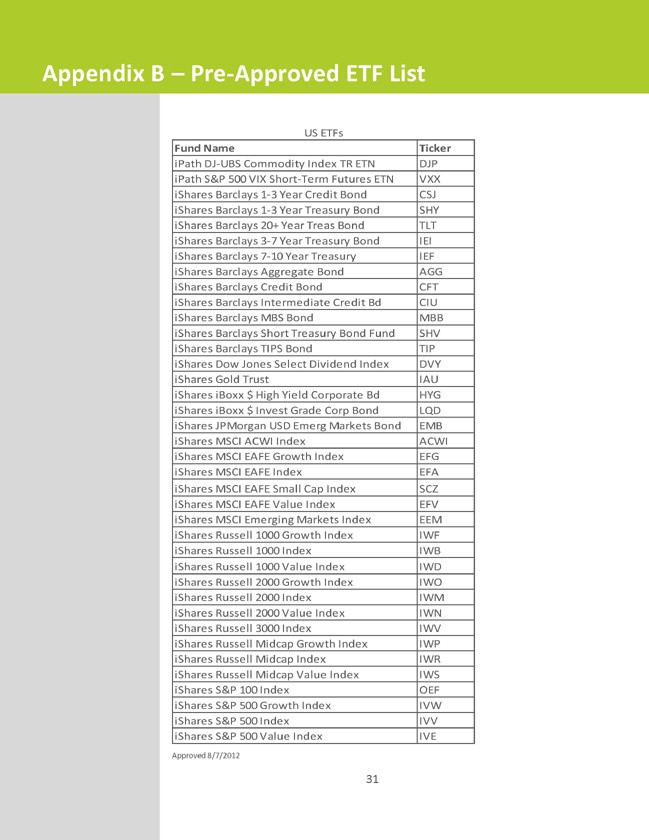Why CDSs Matter For ETNs
Post on: 16 Март, 2015 No Comment

The viability of an ETN comes down to the issuer’s creditworthiness, and that’s why rates on credit default swaps matter.
So, viability in CDS rates for ETN issuers in much of 2011 should have sounded some alarms and, more recnetly as rate shave fallen, soothed some nerves.
Here at IndexUniverse, we steadfastly believe that rating agencies are always behind the curve on accurately quantifying the real-time risk of default for debtors. That holds true for any issuer of debt: countries, corporations or municipalities.
As such, we monitor CDS rates to determine the risk of default being priced by the market.
The rates, as they relate to ETNs, arm us and investors with a tool to determine the likelihood of default for the issuer of a note.
While the CDS market may not be as liquid as the U.S. Treasurys market or the stock market, it is a real market with many participants whose sole purpose is trying to either hedge the risk of an issuer’s default or speculate on its likelihood.
If you own an ETN issued by a creditor whose likelihood of default is growing exponentially, the risk of not realizing the return on the index underlying the ETN increases, even if only slightly.
Rating agencies, despite their best efforts, are unlikely to make any changes to their ratings until it’s far too late. A CDS, on the other hand, is likely to show this risk much more expediently. Sure the default may never occur, but at least by tracking CDS rates, you know that the fear is out there.
A quick look at the one-year CDS rates for all issuers of ETNs over the past 13 months paints an interesting picture.
It’s clear the market got quite spooked as the European debt crisis worsened in the second half of 2011, and the cost of insuring the debt of all ETN issuers against a default spiked.
In some cases, the spikes were more pronounced. Notably, Morgan Stanley, Goldman Sachs and RBS all saw CDS rates more than triple between August and October.
Owners of ETNs issued by these firms may not have realized it at the time, but there was an increased perception of risk surrounding the issuers of the notes they held. And sometimes that’s all it takes for short-term lending vehicles to be withdrawn, commercial paper liquidity to dry up and a real credit event to unfold.
To be fair, this chart tracks one-year CDS rates, which are the less-liquid version of the more popular five-year version. The lack of liquidity in this market means prices tend to be more volatile.
Furthermore, since one-year CDS rates reflect the likelihood of default within the next year, prices will respond more dramatically to a material change in a firm’s likelihood of default, possibly producing false alarms.
Whatever their shortcomings, one-year CDS rates are useful in illustrating how quickly perceptions can change and, more importantly, how events that have nothing to do with an ETN’s underlying strategy can impact the viability of an ETN’s expected returns.
Should a default occur, owners of ETNs get in line with the rest of the firm’s general creditors, and the repayment process could be lengthy.
ETNs are typically senior unsecured debt obligations, so there is no dedicated collateral waiting to be tapped in the case of a default. The ETN structure has its benefits—better tracking to name one—but the risk of default should be constantly monitored, especially at times of macro uncertainty.
It seems like a possible compromise on Greece is in the offing and CDS rates on the three firms priced at the greatest risk of default—Morgan Stanley, Goldman Sachs and RBS—have softened as a result. If the European debt crisis has taught us anything, it should be that its impacts are far reaching.
For ETN investors, this means keeping a finger on the pulse of not just the strategy an ETN is pursuing, but also that of the issuing firm.














